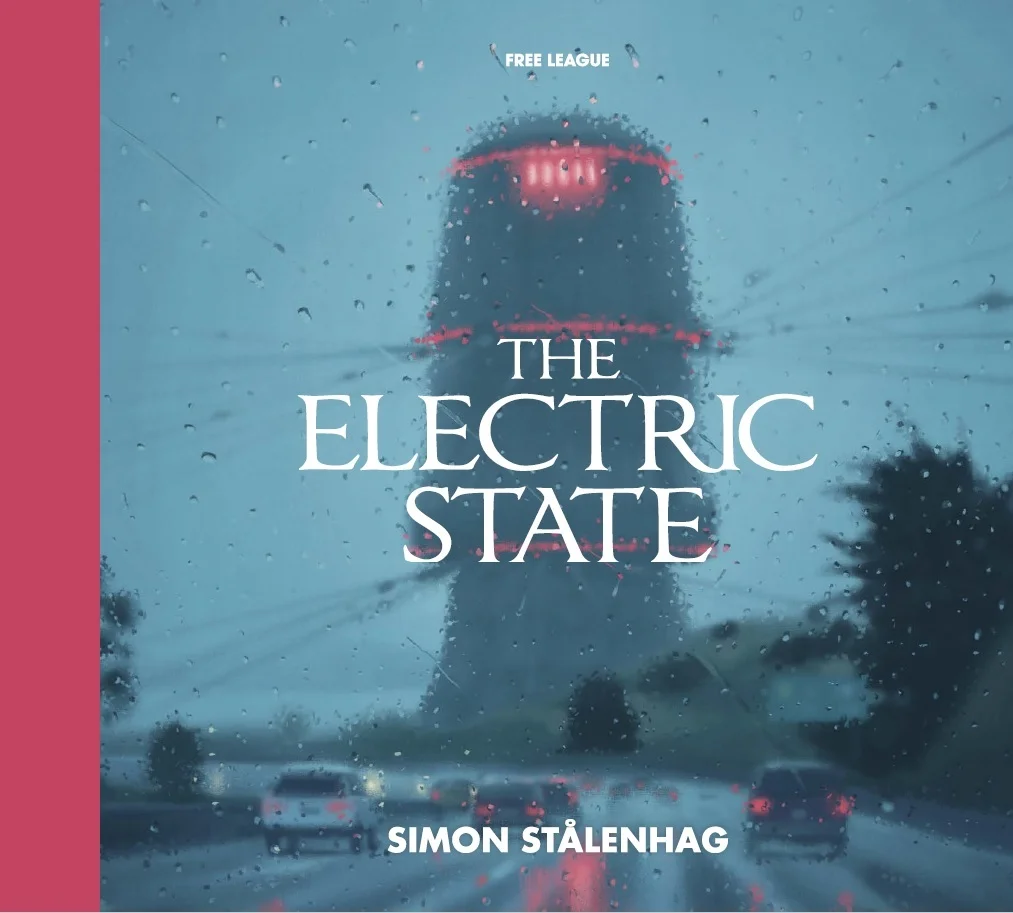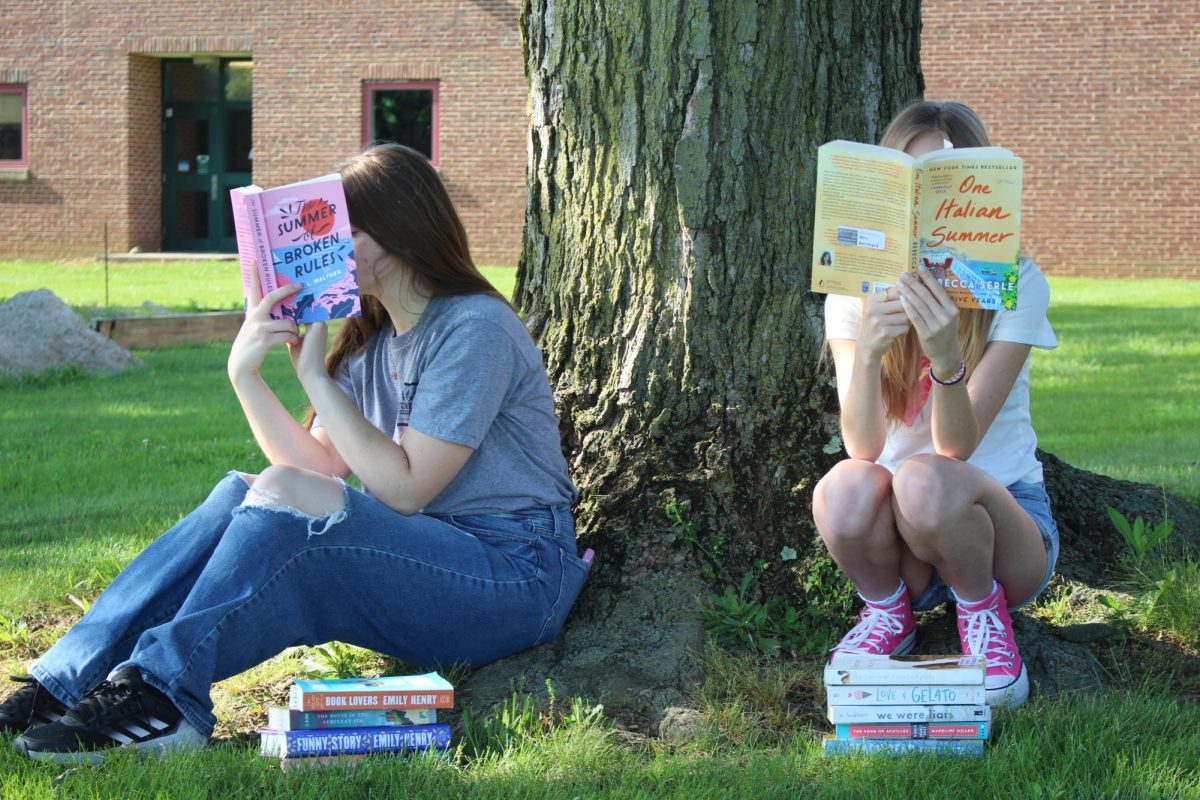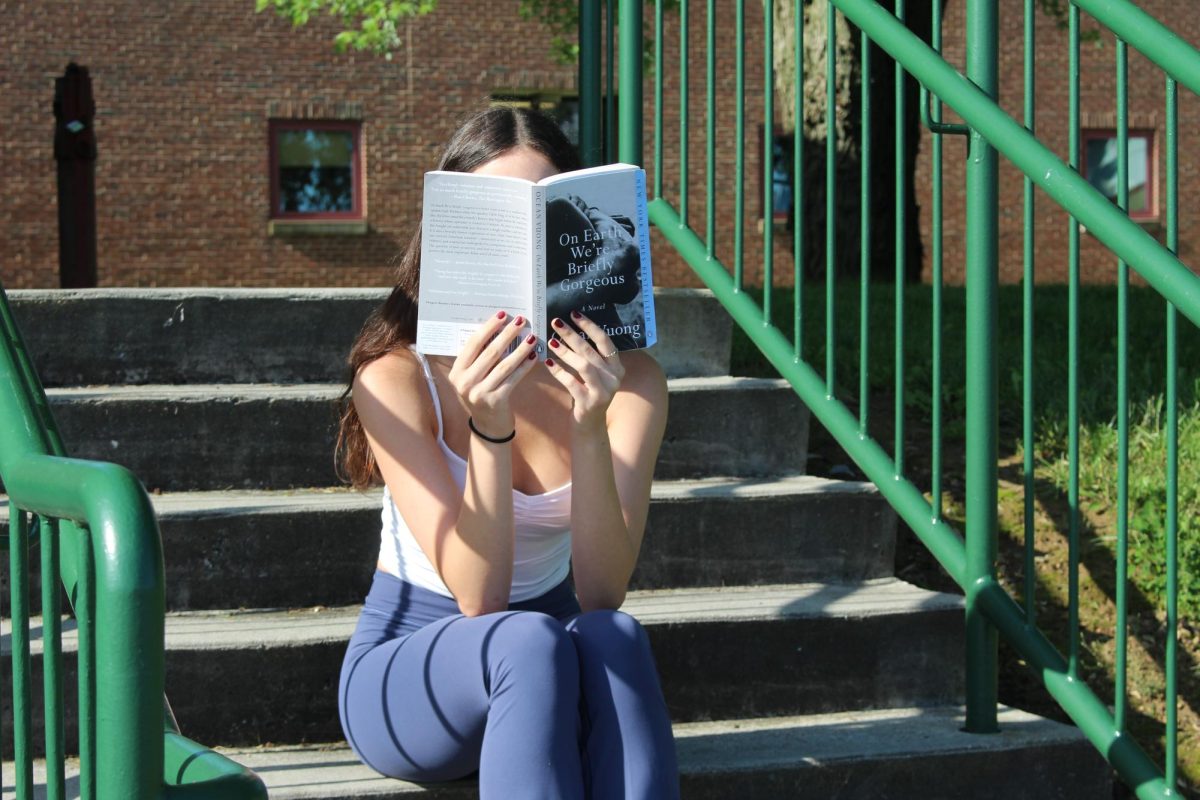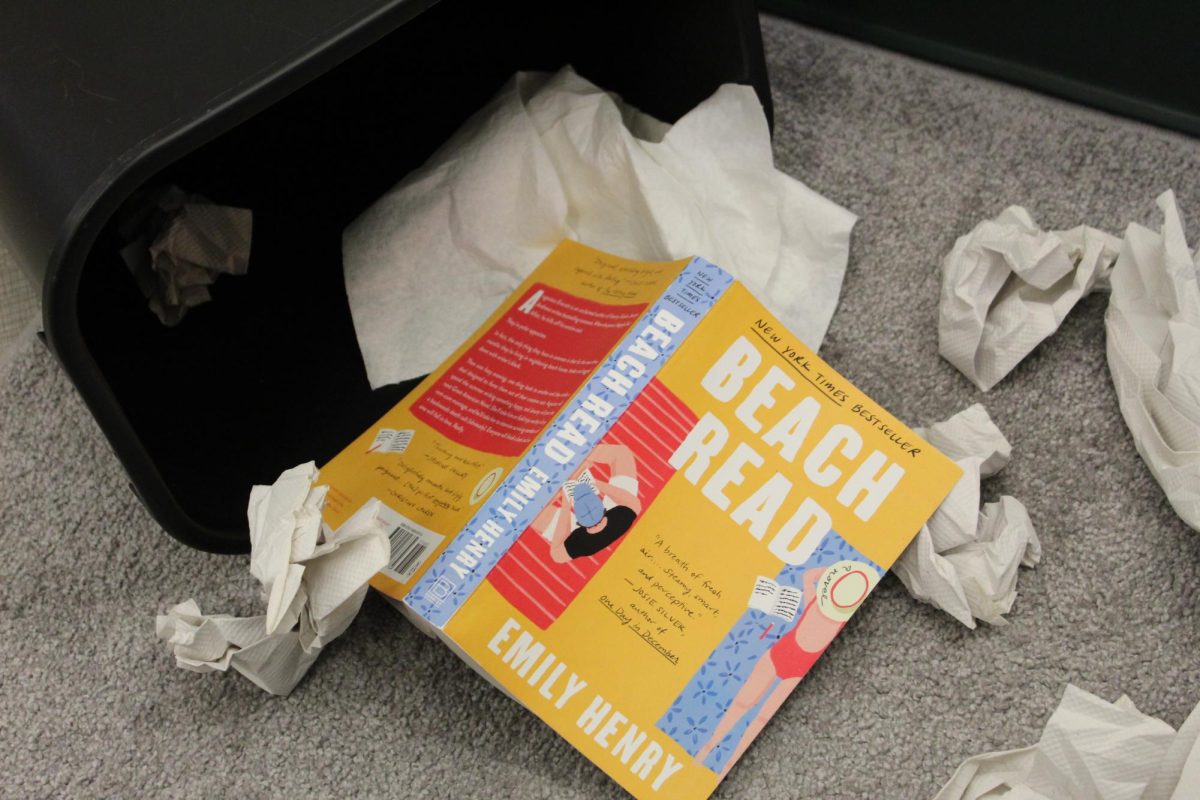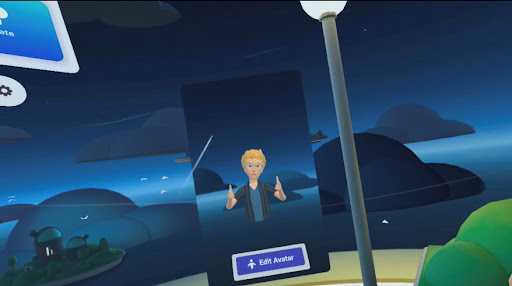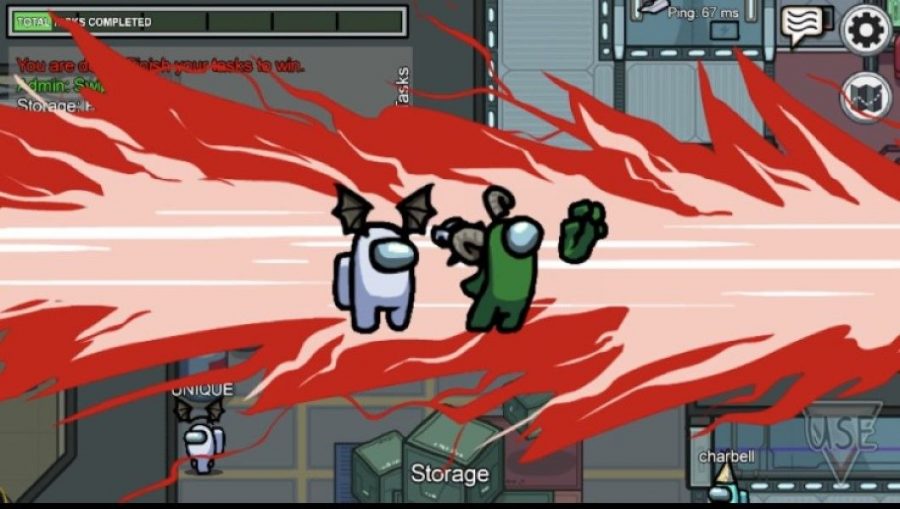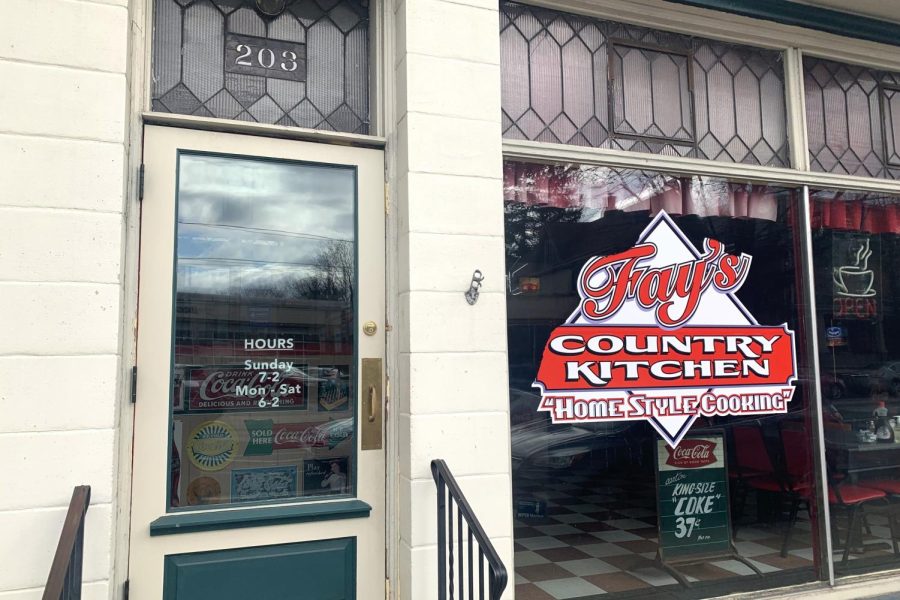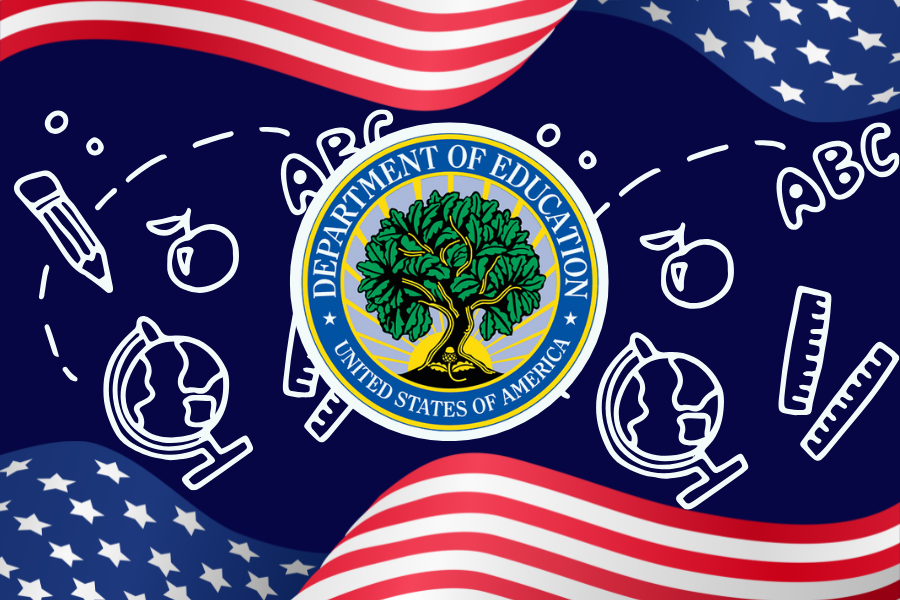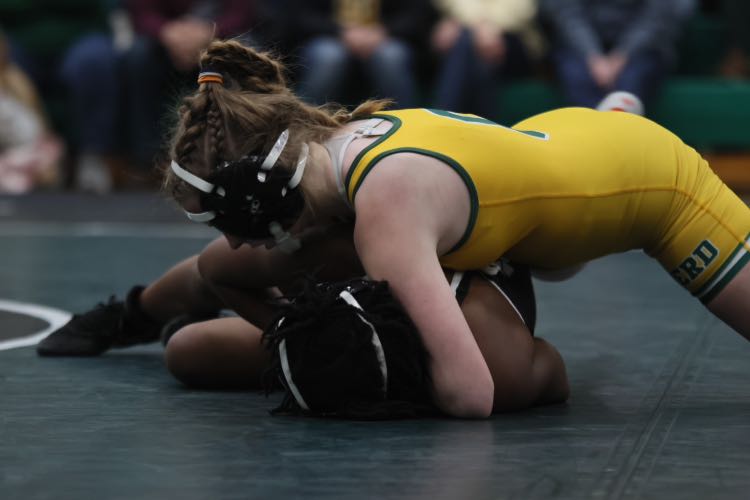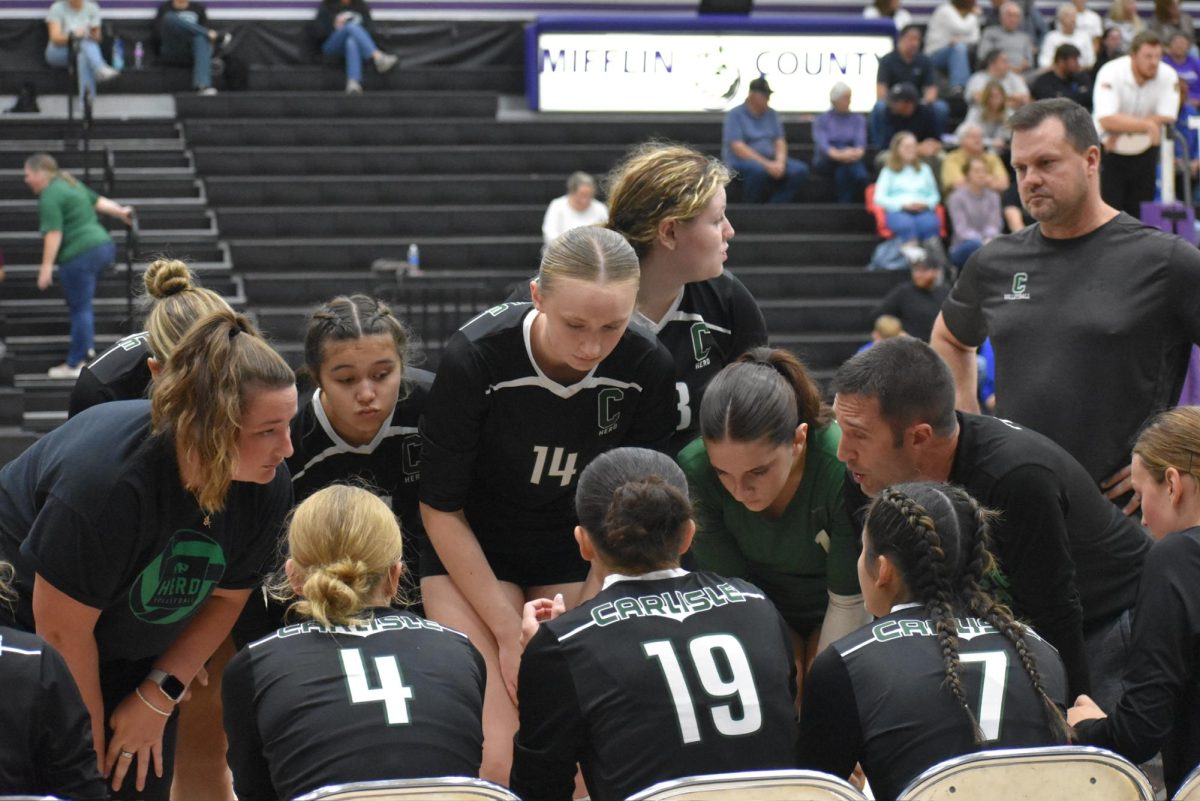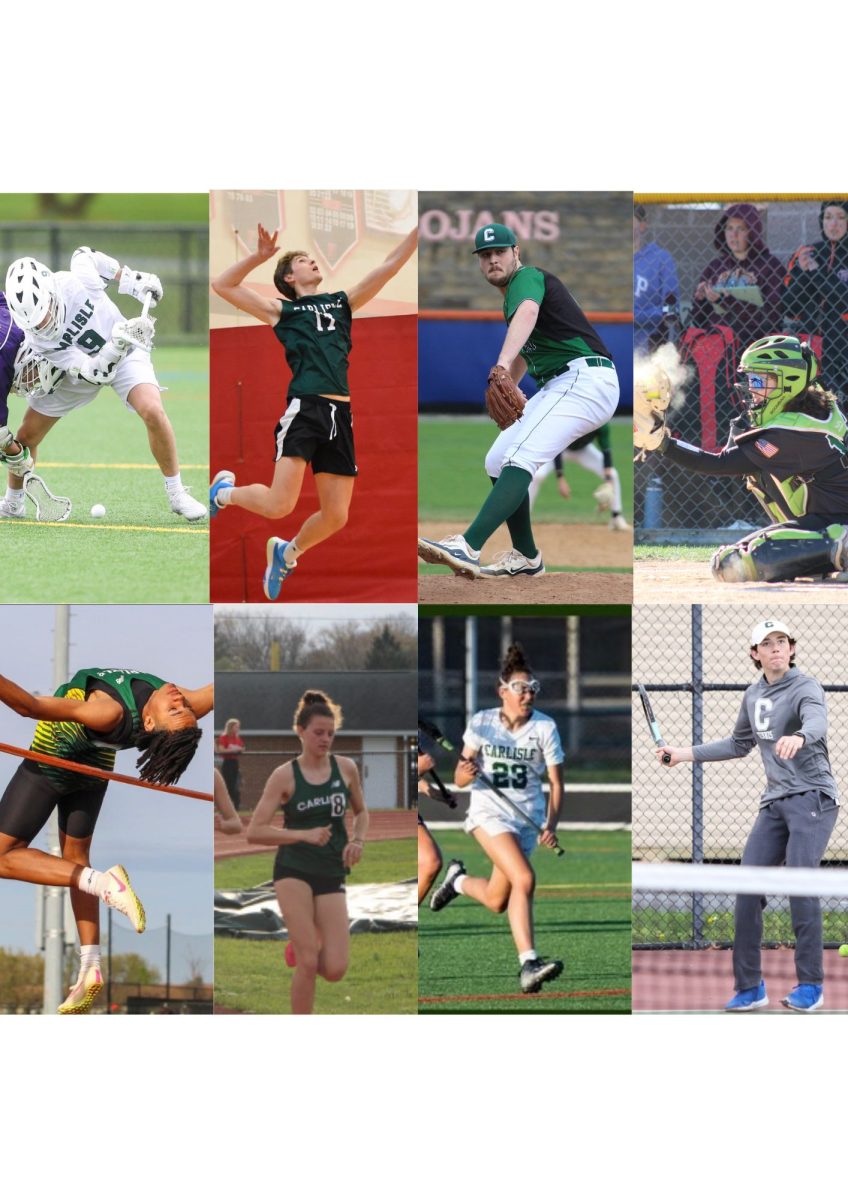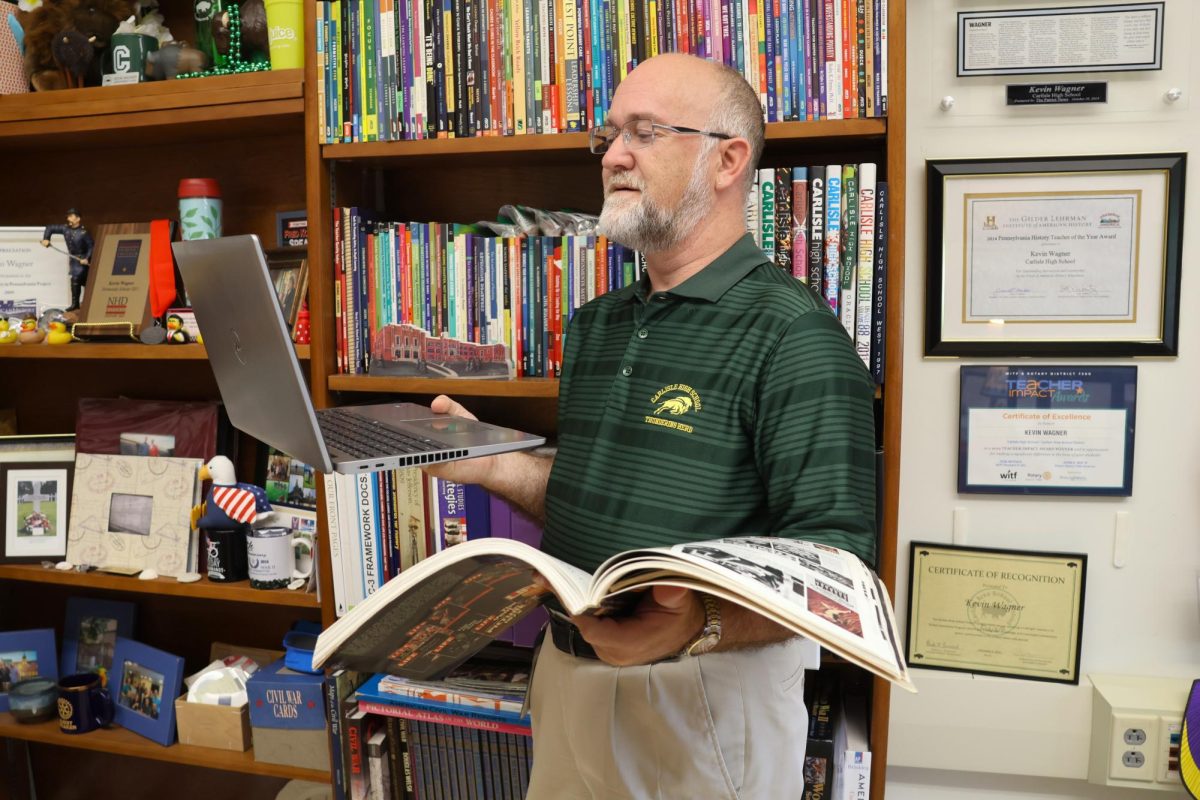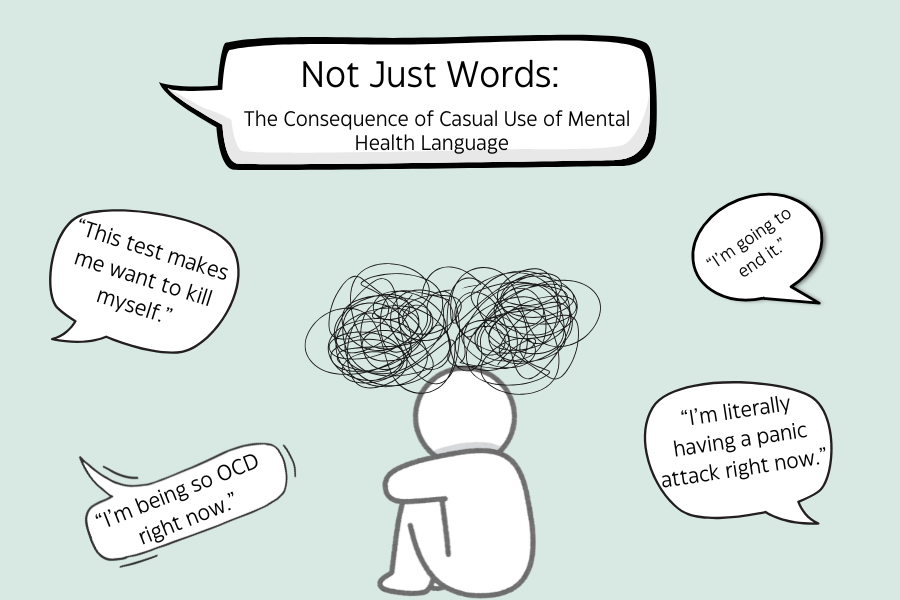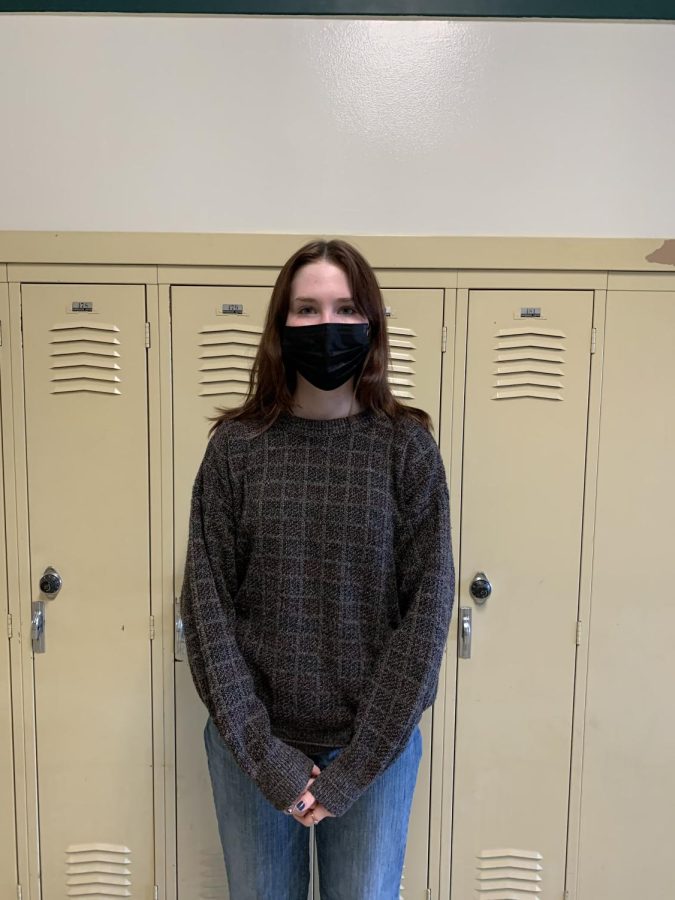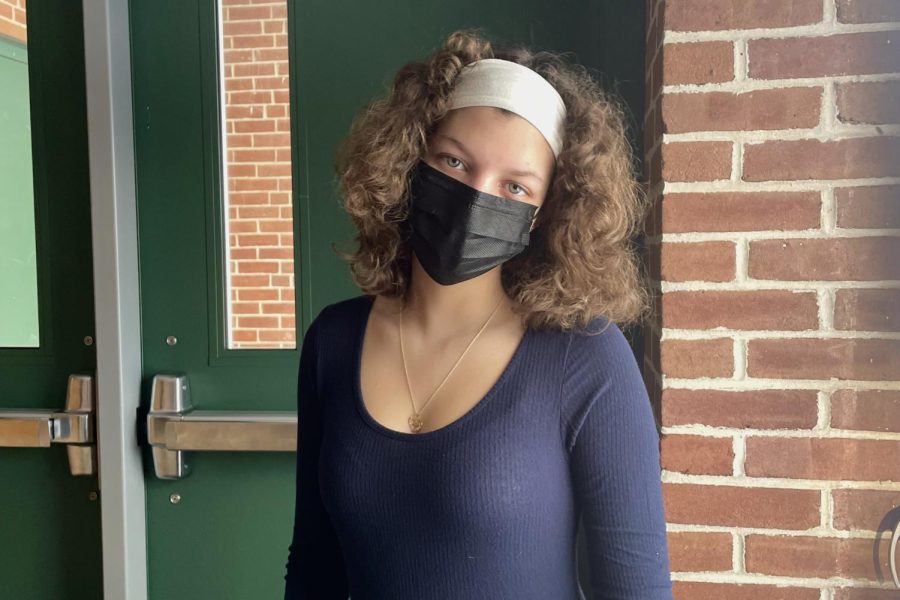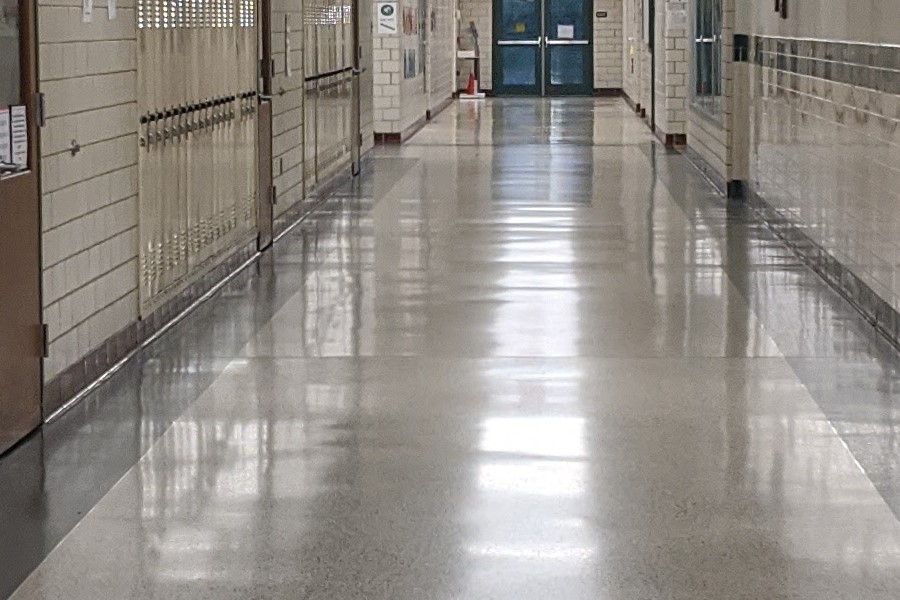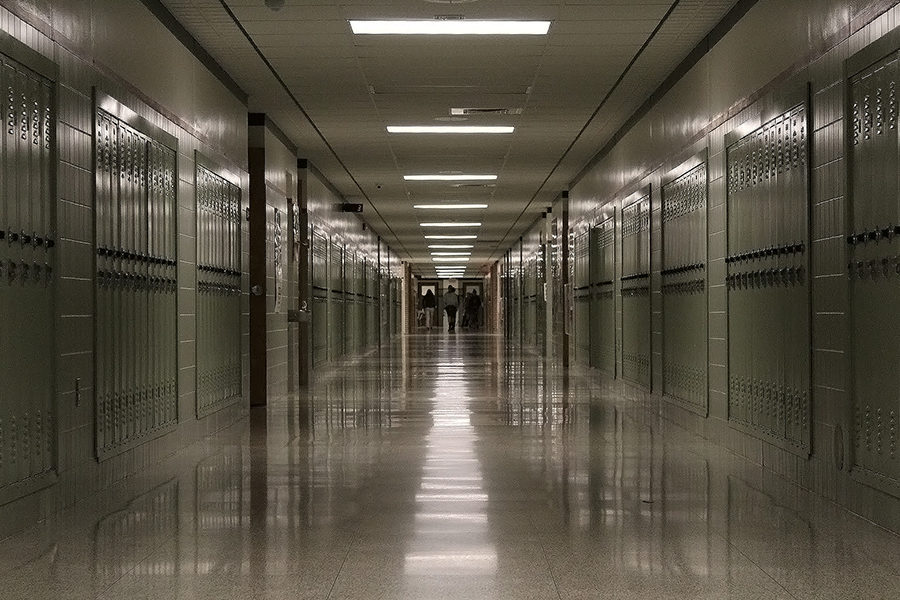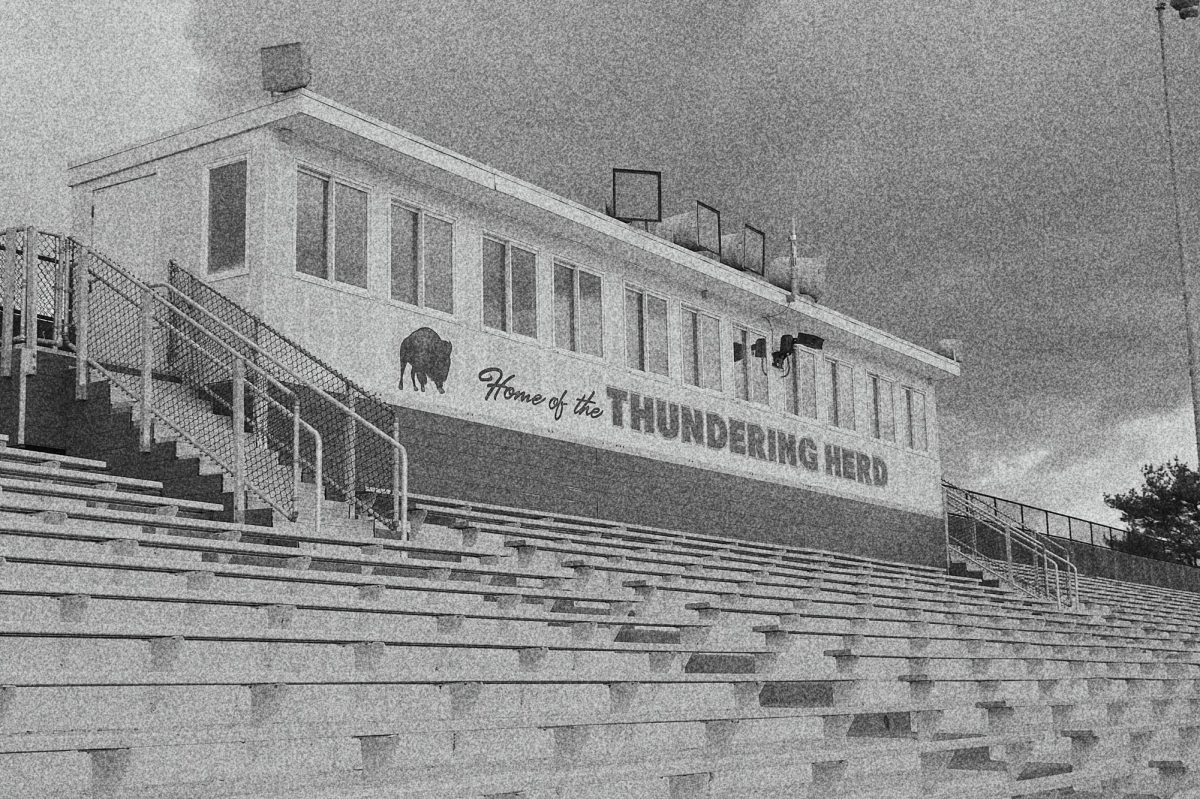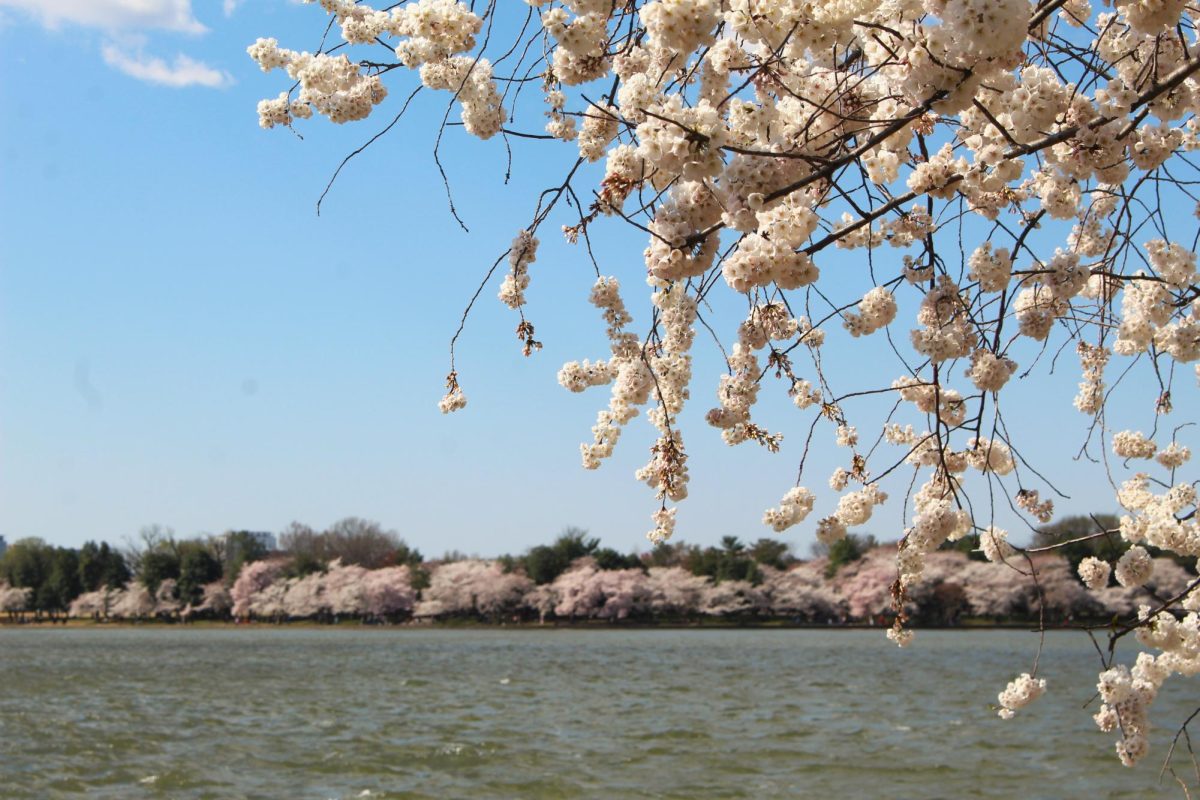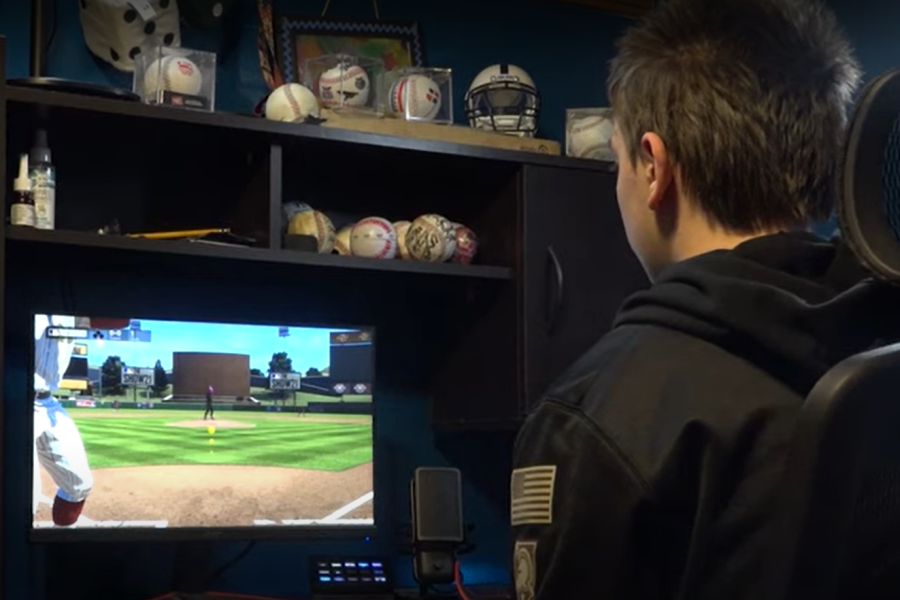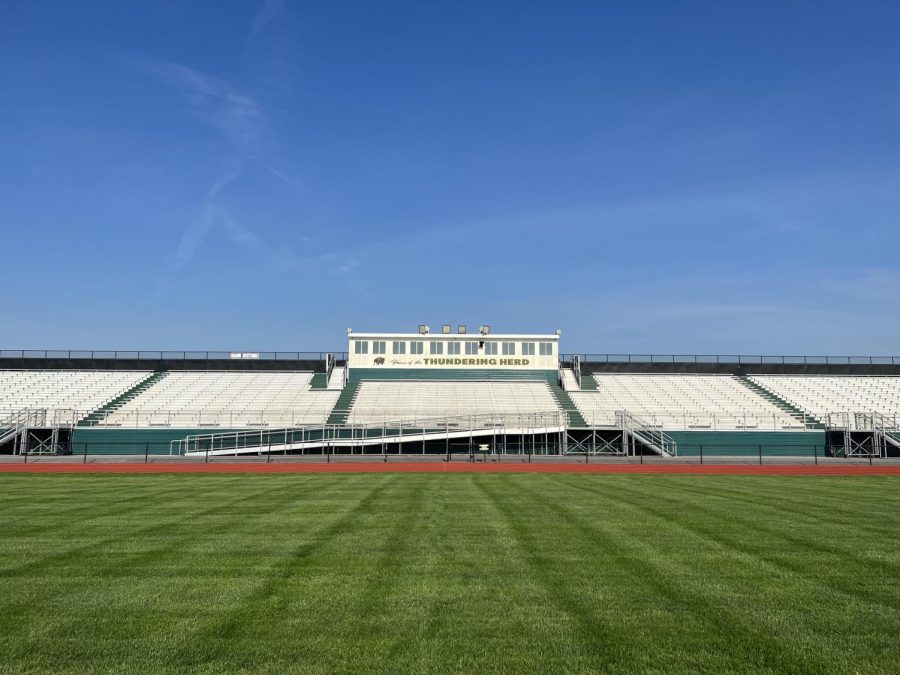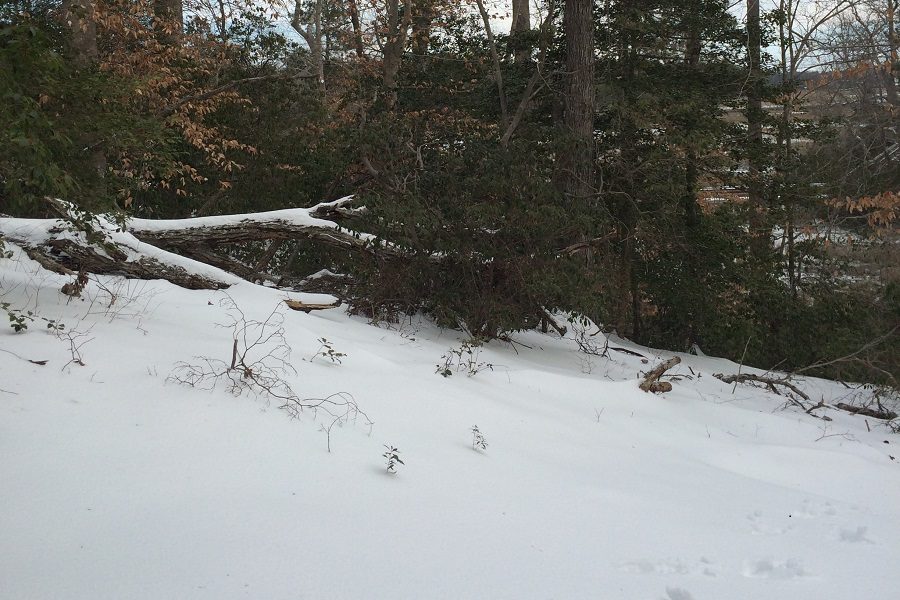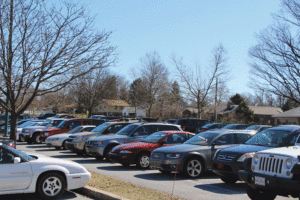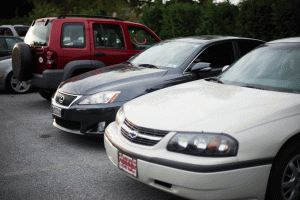Slip and slide: Ice on the roads continues to pose a threat (Editorial)
Snowy weather may be beautiful but it poses many threats to students on their way to school. How do schools decide when they do or do not cancel?
March 20, 2018
I’m not the kind of person who shies away from a snowy day. In fact, the snow, to me, is the only good part of the dreary winter weather. The snow brings out a certain joy in me that doesn’t come very often when I’m huddled under the sheets in my bedroom, hiding from the cold.
However, the snow and other wintry weather that is still hanging around, and is expected to stay well into the upcoming weeks, continues to create dangerous situations on the roads and sidewalks. So why haven’t we had a delay?
According to Indystar.com, the formula is much more confusing than some suggest. “There are road conditions and weather temperatures to consider, of course. But there are also persnickety school buses…”
Deciding whether to call a snow day based on road conditions seems straightforward. The districts simply inspect the area and different weather reports to determine whether buses and cars are at a significant risk due to winter weather. But, they also have to measure at what point it is really too risky to drive and sometimes it is difficult to say.
On a similar note, temperatures are often the most difficult to determine cancellations or delays for. This is because there is no set number or degree at which the school must declare the school closed. Plus, there is also windchill to consider which poses a threat to the many Carlisle students who walk to school.
Sometimes the cold weather is enough to call off school but there are hundreds of other factors which complicate the decision and the district has to consider all of these before calling off.
One of the most prevalent of these factors is the impact that delays and cancellations have on parents who often have to adjust their schedules to fit the school’s when they are the main transportation for their children.
Observer-reporter.com said, “[When delays are called] working parents are often left trying to make alternate plans to get their children to the bus stop or school when the start of classes is delayed.”
In the same article, Kristi Oram, a mother living in the Pittsburgh area said, “Why is my 6-year-old punished for cold weather? We live in Pittsburgh, PA. It’s winter and it gets cold here.”
Despite the angry parents, snow poses many dangers to the students and faculty that face the weather to come to school. Even when there are not six inches of snow on the ground, hidden patches of ice and high-speed winds can make even a short walk from the car to the office threatening to those who don’t have access to winter weather gear.
Whether the students travel a mile or twenty to get to school, postponing just two hours can allow the time necessary for ice to melt and temperatures to rise. When postponing is not necessary though, the schools and townships should still take reasonable precautions to better the road and sidewalk conditions.
Whether this means salting the sidewalks and parking lots or hiring extra help to plow roads, the benefits of taking these precautionary measures outweigh the consequences.
Even if taking these steps are not easy to do, it is always best for students to keep them safe and out of the harsh conditions. Students should not have to risk injury just to attend their classes.
Disclaimer: Articles designated as “Editorial” represent the views and opinions of the author, not the 2017-2018 Periscope staff, CHS Administration, or the CHS student body.






